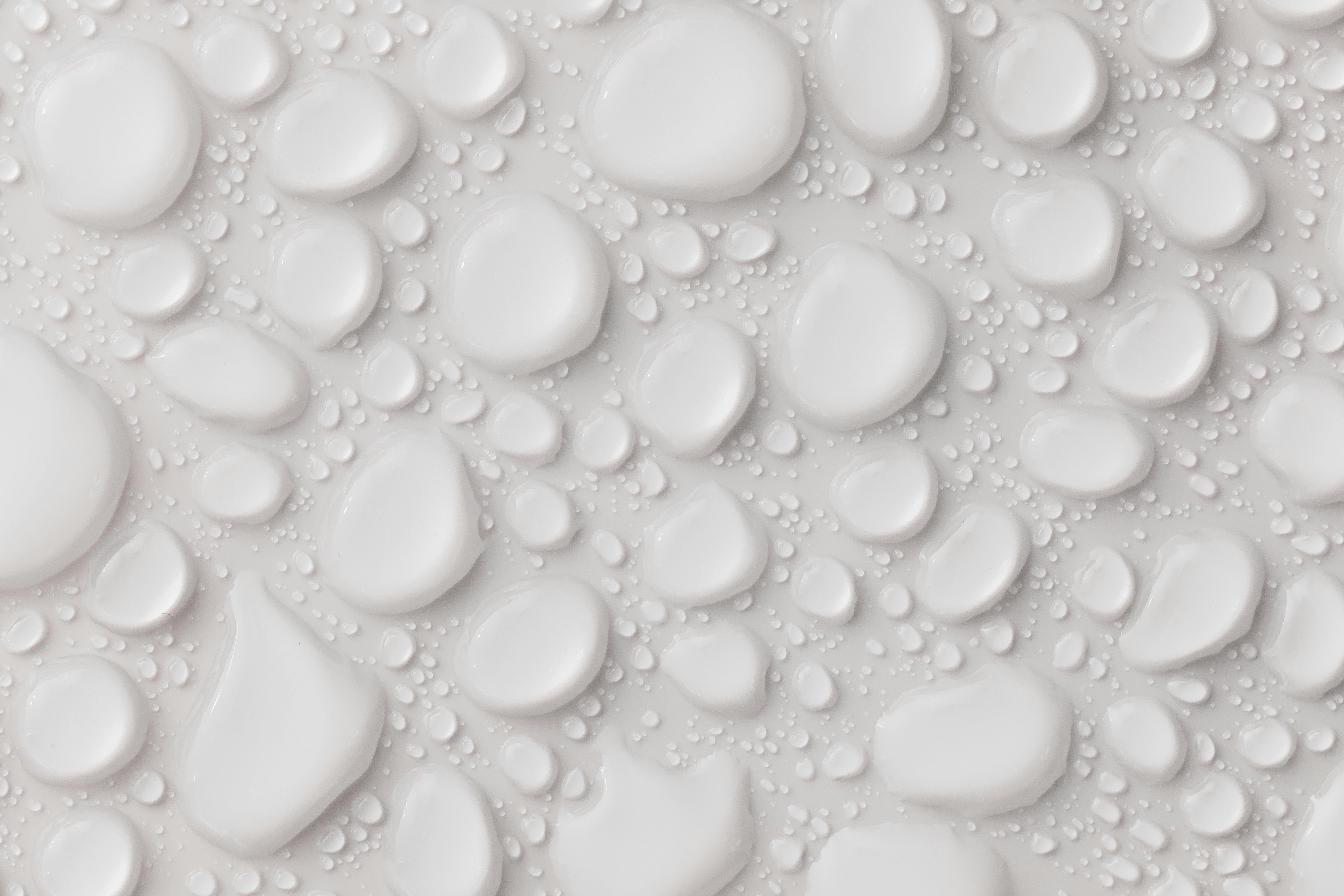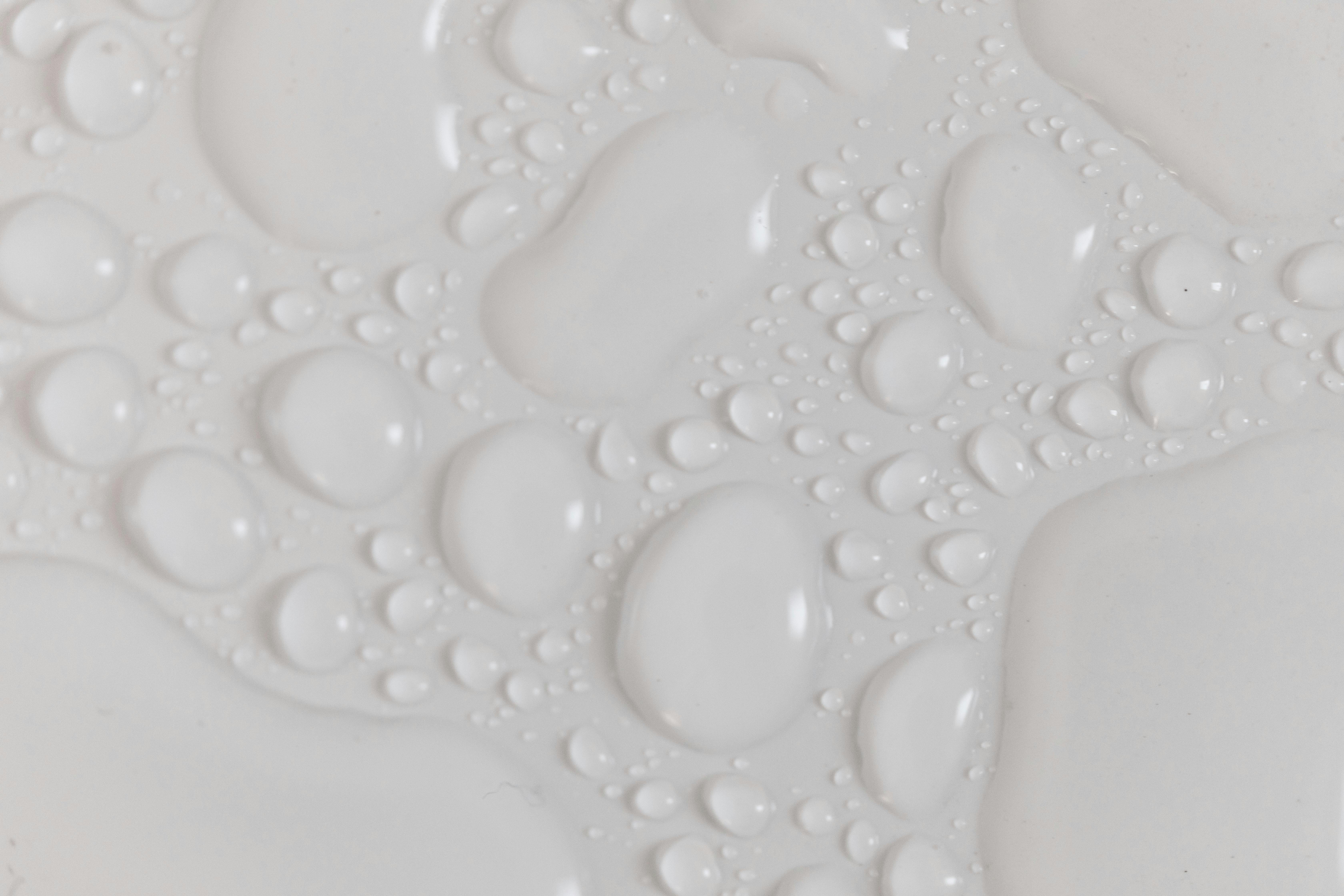When it comes to water, there is often confusion between the terms “distilled water” and “purified water”. While both are commonly used for drinking and other household uses, there are some distinct differences between the two. Distilled water is created by boiling water and condensing the steam back into a liquid, while purified water typically involves filtering out impurities from a source of water. In this article, we will discuss the differences between distilled and purified water in more detail.Distilled water is a type of water that has had all of its impurities removed through distillation. The distillation process involves boiling the water and then collecting the vapor that condenses back into liquid form. This vapor does not contain any of the impurities that were present in the original water, resulting in a pure and safe product. Distilled water is often used for drinking, cooking, medical applications, and even car batteries.
Purified Water
Purified water is water that has been treated to remove impurities, contaminants, and other unwanted substances. Purification processes can involve a variety of methods including filtration, distillation, reverse osmosis, and deionization. Purified water has many uses in both commercial and residential settings. It is often used in medical and laboratory settings for the preparation of medications, injections, and other treatments. It is also used in food processing to help maintain product quality and reduce the risk of contamination. Moreover, it is often used for drinking water as it can help reduce the risk of illness caused by bacteria or other contaminants.
In addition to its use in medical and laboratory settings, purified water is also used in many industrial applications such as cooling towers, boilers, car washes, swimming pools, and irrigation systems. In these cases purified water helps reduce corrosion of pipes and other equipment as well as prevent scale buildup on surfaces. Purified water is also used in aquariums to keep fish healthy and free from parasites or other organisms that can spread disease or cause harm. Finally, it can be used in cosmetics and personal care products such as shampoos and toothpaste to help ensure product quality.
Distilled Water
Distilled water is created through a process called distillation. This involves boiling the water and then collecting the steam that rises. As the steam rises, it leaves behind many of the minerals and impurities found in the original water sample. The steam is then condensed back into liquid form, creating distilled water. Distillation is a very effective way of removing most types of contaminants from water.
Mineral Water
Mineral water is created by collecting naturally occurring spring or mountain water from underground sources and bottling it for consumption. The water usually has to meet certain standards set out by authorities before it can be classified as mineral water. Mineral waters typically contain various levels of minerals and trace elements, such as calcium, magnesium, sodium, and potassium, which are beneficial for human health when consumed regularly.
The Difference in Taste
When it comes to food, it’s no secret that everyone has different tastes. What one person may find delicious, another may not find appealing. This is especially true when comparing foods from different cultures or countries. Each culture has its own unique flavors and preferences that make their dishes stand out from the rest.
Take Asian cuisine for example. The flavors of Asia are often quite different than what you would find in Western countries. Dishes usually involve a lot of spices, such as ginger, garlic, and chilli peppers, and ingredients like soy sauce and fish sauce are often used to give dishes an extra kick of flavor. These flavors are not common in Western cooking, so it can be quite a shock when trying out these dishes for the first time.
Additionally, Asian dishes tend to involve a lot of vegetables and herbs that aren’t typically found in Western cuisine. These can be anything from noodles to tofu to bok choy, adding an entirely new layer of flavor to the dish. The textures also vary greatly from what we’re used to; soft noodles instead of crunchy potatoes or thick sauces instead of creamy gravies add an interesting twist to traditional meals.
In comparison, European cuisine is known for its bold flavors and hearty ingredients like meats and potatoes. Dishes often feature rich sauces made with butter or cream and herbs like rosemary or thyme that give them a distinct flavor profile. European cooking focuses on using fresh ingredients such as fruits and vegetables that are commonly found in markets throughout the continent. As such, the dishes tend to be lighter than those found in other parts of the world but still maintain a robust flavor thanks to the use of herbs and spices.
Ultimately, there is no right or wrong way when it comes to food; everyone has their own tastes and preferences that make up their unique palate. Exploring different cuisines from around the world can be a great way to expand your palate and discover new flavors you may have never tried before!
The Difference in Health Benefits
When it comes to health benefits, there are a few major differences between traditional health insurance and health savings accounts (HSAs). Traditional health insurance typically covers the cost of medical bills, while HSAs are designed to help individuals save for medical expenses. Traditional health insurance also typically comes with copayments or coinsurance, while HSAs do not. Additionally, traditional health insurance premiums can be expensive and may require significant out-of-pocket costs, while contributions to an HSA are tax-deductible and can be used as a way to save money for future medical expenses. Finally, traditional health insurance typically has an annual deductible that must be met before coverage kicks in, while HSAs have no such requirement.
HSAs are a great option for those looking for a more affordable way to cover medical expenses. While traditional health insurance is still the most popular option for many people, HSAs offer an additional layer of protection and can help individuals save money in the long run. They provide flexibility when it comes to deciding what types of care are best for you and your budget. Additionally, because the money saved in an HSA is tax-exempt, it can be a great way to save up funds for future medical needs or even retirement.

Differences in Production and Use
The production and use of natural gas is significantly different from that of other sources of energy. Natural gas is extracted from the ground, usually from deep underground reservoirs, via specialized drilling technologies. Once extracted, the gas must be processed to remove impurities before it can be transported and used for energy or other applications. The process of extraction and transportation can be complex, costly and energy-intensive.
Once natural gas is processed and transported to its end user, it is typically burned in a combustion engine to generate power or heat. In some cases, natural gas is converted into liquid form, such as liquefied natural gas (LNG), so it can be more easily transported over long distances. It can also be used in certain industrial processes such as fertilizer production or as a feedstock for petrochemical products.
In contrast, other sources of energy such as coal and oil are mined directly from the ground in their raw form and then typically refined on site to remove impurities before they are used for power generation or other applications. This makes their production process simpler and less costly than that of natural gas. Additionally, coal and oil are not typically converted into liquid form for transportation purposes since they do not require the same level of processing as natural gas does prior to use.
Cost Differences
When it comes to costs, there are several differences between buying a new car and purchasing a used car. For starters, the price of a new car is usually significantly higher than the price of a used car. New cars are typically more expensive due to additional features, warranties, and other benefits that come with buying a new vehicle. Additionally, the cost of maintenance for a new car will generally be higher than that of a used car due to the fact that newer vehicles have more complex systems and components.
On the other hand, used cars often require more repairs due to their age and wear-and-tear over time. This means that while the initial cost of purchasing a used car may be lower than buying a new one, you may end up spending more money in repairs over time. Additionally, if you buy from an individual seller rather than from a dealership, you may not have access to any type of warranty or guarantee that would cover potential problems with the vehicle.
In conclusion, while there are cost differences between buying a new or used car, it ultimately depends on your budget and preferences as to which option is best for you. Do your research and make sure to factor in all possible expenses when making your decision.
Food Contamination
Food contamination is the presence of harmful bacteria, viruses, parasites or chemical substances in food. It is a very serious issue because it can cause foodborne illnesses, which can lead to long-term health complications and even death. Some common types of food contamination include E. coli and salmonella bacteria, listeria, parasites, and toxins from molds or other fungi. These contaminants can enter food through contact with contaminated surfaces, soil or water, improper storage or handling of food, and improper cooking.
Preventing Food Contamination
The best way to prevent food contamination is to follow proper hygiene practices when preparing and handling food. This includes washing hands thoroughly before and after handling food, making sure that all surfaces and utensils are clean before use, storing raw foods separately from cooked foods, properly cooking all foods to the correct temperature for the recommended amount of time, and avoiding cross-contamination by not allowing raw meat juices to come into contact with other foods.
Food Impurities
Food impurities are substances that are not intended or wanted in a particular food product but which may be present as a result of processing or environmental factors. These impurities can be physical (e.g., stones or dirt), chemical (e.g., pesticides), biological (e.g., bacteria), or minerals (e.g., metals). Food impurities can be detrimental to the quality of a product as they may affect its taste, texture, color, smell and shelf-life; they may also pose health risks if consumed at high levels over long periods of time.
Preventing Food Impurities
Food impurities can be prevented by implementing good manufacturing practices throughout the production process in order to ensure that only safe ingredients enter a product; this includes rigorous testing for any unwanted substances before they enter the production line as well as monitoring throughout production for any changes in quality that could indicate an increase in levels of impurities. Additionally, careful storage conditions should be maintained at all times to maintain product integrity and reduce the risk of contamination from external sources such as dust or moisture.

Conclusion
Distilled water and purified water both have their own unique benefits. Distilled water is most commonly used for drinking, since it is free of all impurities and is generally safe to consume. Purified water, on the other hand, is often preferred for industrial or medical use due to its ability to remove specific contaminants. Overall, both distilled and purified water offer a variety of benefits and can be used in different situations depending on the desired outcome.
No matter which type of water you choose, it’s important to take into account the quality of the product you’re using. Always make sure that the source of your distilled or purified water is reputable so that you get the highest quality product possible.

